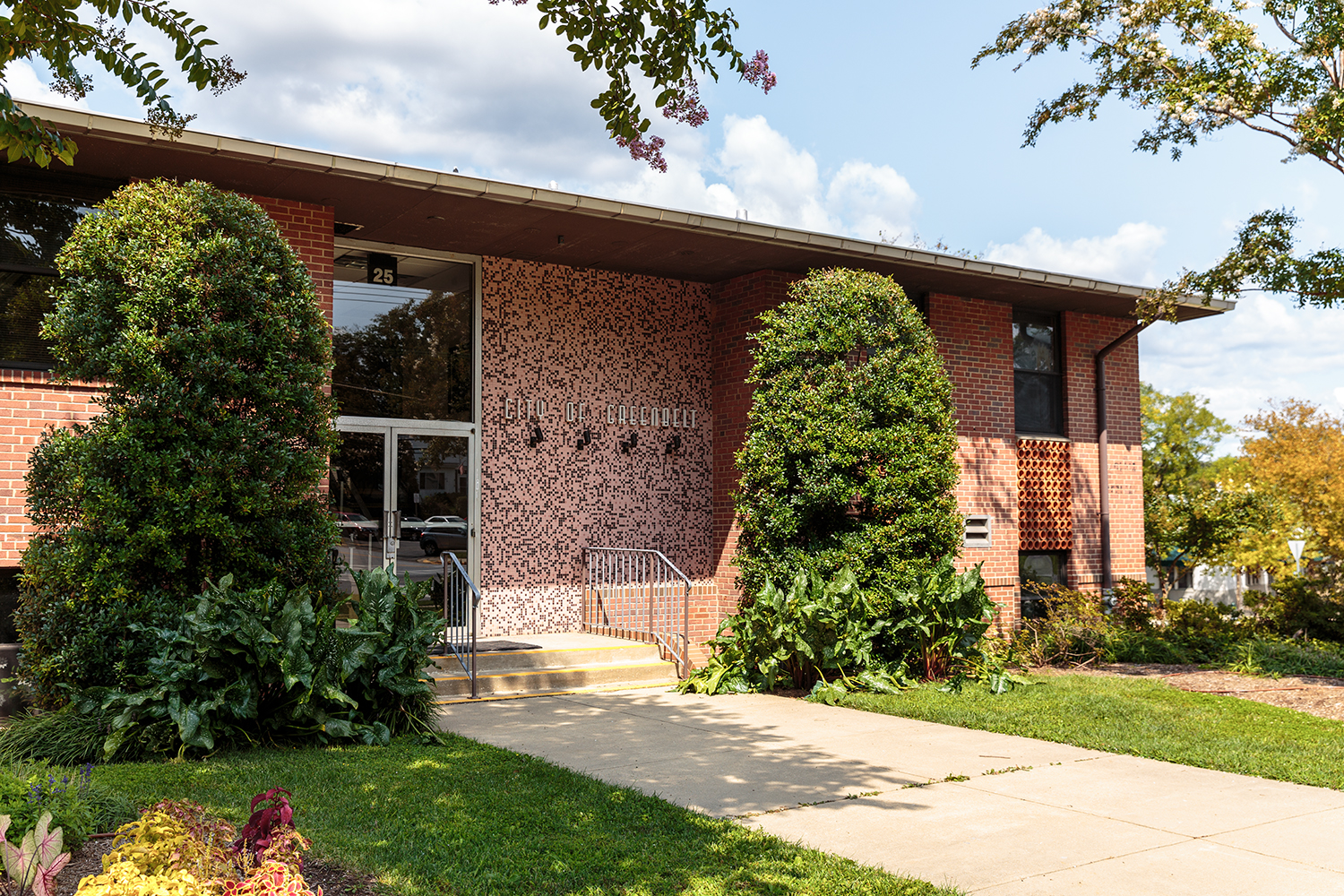Several Prince George’s County municipalities and residents have expressed concerns about the potential effects of a project to develop a high-speed superconducting magnetic train between Washington, D.C. and Baltimore.
The SCMAGLEV project, which would use Japanese magnetic levitation technology, aims to build a train that travels at more than 300 mph and connects these cities in 15 minutes, including a stop at Baltimore Washington International Marshall Airport, according to the project’s website.
“This technology is the most advanced in the world,” said David Henley, project director at Baltimore-Washington Rapid Rail, the private company that proposed the idea.
The Federal Railroad Administration, the Maryland Department of Transportation and the Maryland Transit Administration are also involved in the project’s development. The cost of the project will range from $10 billion to $15 billion, according to its website.
The team leaders of the project are in the process of narrowing down the proposed “alignments,” or routes, Henley said. He added that there are three proposed alignments, and only one will be chosen and built, with about 70 percent of the line running underground.
In the county, the proposed routes could affect municipalities such as Greenbelt, Bowie, Brentwood, Bladensburg, Hyattsville, Glenn Dale, Lanham and Beltsville.
[Read more: About 60 University of Maryland students are helping pave the way for high-speed travel]
The Greenbelt City Council sent a letter to the MTA last month, urging it to “abandon this ill-conceived project.” The letter cited problems with two of the three proposed alignments.
One issue the council brought up is the potential intrusion into the city’s Forest Preserve, a spot where the route comes above ground.
“When it finishes tunneling, it comes up in the Forest Preserve and becomes an eyesore,” said Greenbelt City Councilwoman Leta Mach. “We have that Forest Preserve as a natural environment for people to enjoy in its natural state. A natural state is not a high-speed train.”
Mach also expressed concerns about tunneling underneath Eleanor Roosevelt High School, as well as the nearby Beltsville Agricultural Research Center and Patuxent Research Refuge, the latter of which is the sole National Wildlife Refuge made for wildlife research.
“You’ve got a wildlife area and you have an elevated train that’s going 300 miles per hour above it,” said Greenbelt Mayor Pro Tem Judith Davis. “Is a wildlife preserve really a great place to put an elevated train?”
In addition to problems with “environmentally sensitive resources” stated in the letter, Davis said residents are worried about potential decreases in property value and noise.
“It’s probably going to be underneath someone’s house or someone’s backyard,” Davis said. “If people think this is a wonderful, modern thing to think about, they must be crazy.”
[Read more: After Maryland gives Hyperloop project the go-ahead, UMD students weigh costs and benefits]
Henley said the SCMAGLEV project offers many “global benefits,” such as creating about 1,500 permanent jobs situated in the county, adding these jobs range from white-collar positions to maintenance and operational positions.
The project will also help to promote clean air and lower emissions, Henley added.
“To the extent that a segment of our future ridership base will be people getting out of cars, we think the cleaner air that’s associated with less emissions is something of a benefit for people, all people, including those in Prince George’s County,” Henley said.
The project is part of a greater solution to “curing the travel issue that’s long been identified in the county,” Henley added.
“The trend is, we have deteriorating highways [and] a rail system that’s a legacy system that’s built on the backs and happy to accommodate freight and other rail lines on it,” Henley said. “We can’t just keep building more highways because that’s self-destructive.”
Citizens Against SCMaglev, a group of citizens that came out of Bowie who oppose the project, grew from about 30 members in April to more than 2,000 members. The group was formed after two Bowie residents were “horrified” when they realized the community lacked notification and knowledge about the “major transportation infrastructure project,” said Dennis Brady, the group’s chairman.
Brady said the project’s “claim of addressing congestion” is “dubious” because he believes the train’s ridership in the county will be limited, as it is costly to drive to Washington, D.C., Baltimore or BWI to use the train, unless a commuter lives in the vicinity of one of the three stations.
Mach said the county’s transit system would benefit more if funds went toward repairing the existing train lines and highways or creating other green opportunities for bicyclists and pedestrians.
The SCMAGLEV project is undergoing an environmental impact study to assess potential danger to the environment and ways to mitigate harm. The study is slated to be finished by late 2019, and the design process will begin thereafter, which could take as long as seven years. The trains should take effect by 2027, Henley said.



